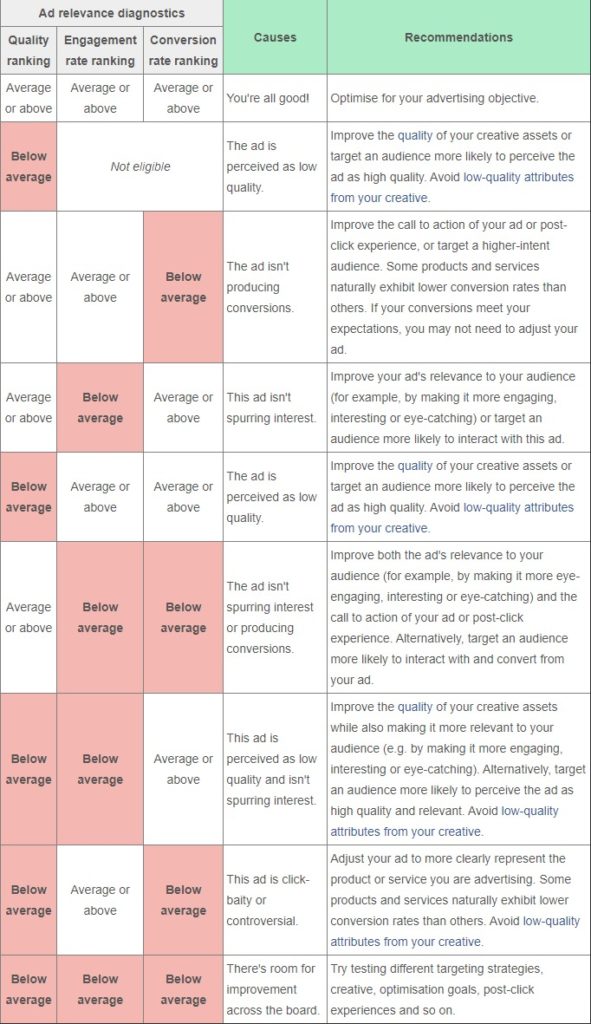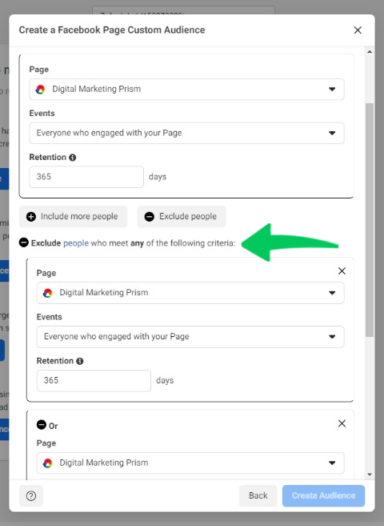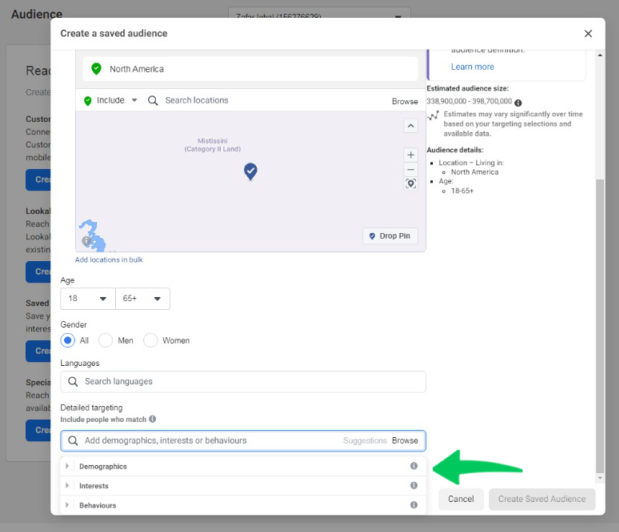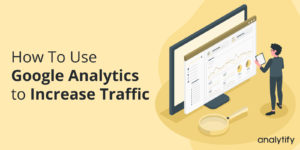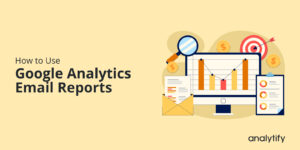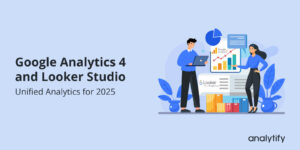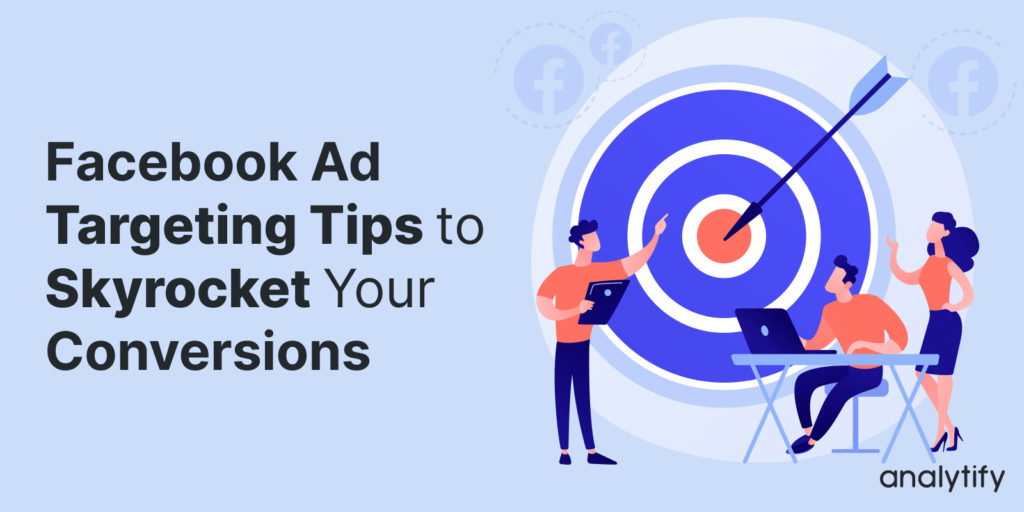
10 Facebook Ads Targeting Tips To Skyrocket Your Conversions in 2023
Are you looking for ideas to improve the ROI of your Facebook ad spend?
Every digital marketer knows Facebook has the most potential to generate leads and sales. That’s why marketers consider Facebook ads as a very high converting channel.
In this article, we’ll discuss Facebook ads targeting tips and the metrics you should keep in view to improve your conversion game.
Table of Content
- Why Should You Include Facebook Ads in Your Marketing Mix?
- What’s a Good Facebook Ads Conversion Rate?
- Important Facebook Ads Benchmarks
- 10 Facebook Ad Targeting Tips To Supercharge Your Conversions
- Conclusion
- Frequently Ask Questions
Why Should You Include Facebook Ads in Your Marketing Mix?
Facebook ads are shown to the largest social media audience of almost 3 billion users.
Compared to other social media platforms, Facebook fared a lot better during the COVID-19 epidemic. Even after the crisis, Facebook ads continue to perform great in terms of business lead generation.
In addition to the massive audience, Facebook Ads offer flexibility in selecting the target audience and a very organized campaign structure. In general, this structure is as follows:
Campaign: This top-level view is where you set the objectives and define the high-level goals of the ad campaigns.
Ad Set: At this level, you can get technical and select the audience, schedule, budget, and placement.
Ad(s): This is where you add the copy, creatives, and CTA in the package that would be shown to the audience you selected in the previous stage.
As you can see, Facebook Ads allow you to precisely select the audience and show the ads that have the potential to convert the audience into sales-qualified leads.
And this brings us to the burning question about a “good” conversion rate.
What’s a Good Facebook Ads Conversion Rate?
During any marketing discussion, conversion rate often comes up as the end goal of a campaign. For Facebook Ads campaigns, marketers often need to provide an estimated conversion rate that the campaign could achieve.
Recent research shows that Facebook Ads campaigns generally have an average 9% conversion rate. However, this shouldn’t be taken as the baseline that every campaign must beat.
Each audience segment has its own conversion rate that depends upon brand perception and the audience’s needs. In addition, Facebook Ads campaigns are affected by technical issues such as incorrect ad type, insufficient budget, and incorrect Facebook Pixel configuration and tracking. Finally, the creatives you chose to include in the ads seriously impact the performance of Facebook ads.
Important Facebook Ads Benchmarks
Marketers use a wide range of metrics to evaluate the performance of online ads. Many brands simplify things by choosing the metrics subset that applies to their industries and campaign objectives.
When it comes to Facebook Ads campaigns, you can start the measuring stage with the following 4 Facebook ad benchmarks.
Cost Per Click (CPC)
CPC measures the cost you pay each time a user clicks your link. It is calculated as:
CPC = Total Campaign Ad Budget / Number of Clicks on the links.
Click-through Rate (CTR)
Closely related to CPC, CTR is the percentage of the audience who clicked the link and followed it to your landing page(s).
Cost Per View (CPV)
This metric becomes important if you promote videos through Facebook Ads or use videos in the ads. CPV measures the cost you pay when a user views your videos.
Cost Per (1000)Impressions (CPI)
Facebook defines impressions as the number of times your ads are shown in the user streams. Generally, CPI should be seen with CPC and CTR to evaluate the impact of the ad copy and creatives.
Cost Per Action (CPA)
You can also set up your ad so that users can perform a specific action, such as buying a product or registering for an event. Again, you are charged with the cost every time a user carries out the desired action.
Combined with other industry and campaign-specific metrics, these metrics offer you a detailed picture of the performance of your ad campaigns.
Now that you have a fair idea of Facebook Ads, here are a few Facebook Ads targeting tips you can try to improve the conversion rate.
10 Facebook Ad Targeting Tips To Supercharge Your Conversions
The following tips will help you better understand your audience, create better ads, and ensure that when the visitors arrive at your website, they see landing pages that encourage conversion.
1. Get Demographic Information About Your Visitors
Before doing anything else, you need to understand the audience coming to your website. These people are interested in your products and services. You can use them as the model for your Facebook Ads campaigns.
Google Analytics records demographic information about your website visitors. To access it, simply go to Reports and click Audience to expand the menu. Next, select Demographics and then Age.
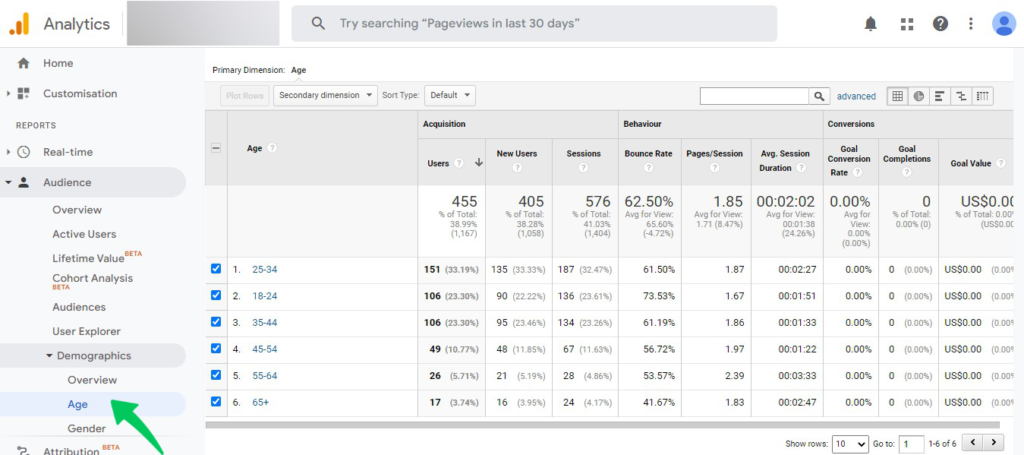
We also want to see the gender information here as well. So for this, we’ll add Gender as a Secondary dimension.
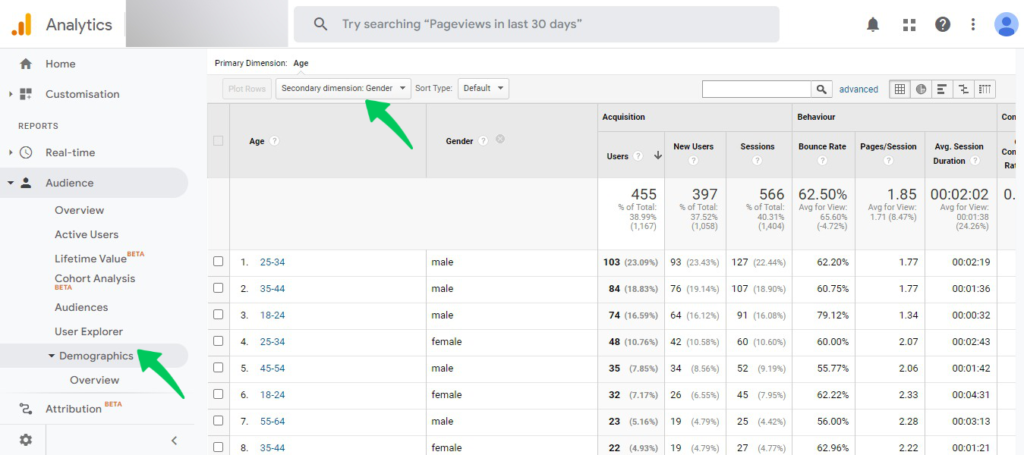
If you don’t want to use Google Analytics every time you’re planning a Facebook Ads campaign, you can install Analytify, a great WordPress Google Analytics reporting plugin on your website.
Analytify brings all essential Google Analytics data (including the visitors’ age and gender) to your WordPress dashboard.
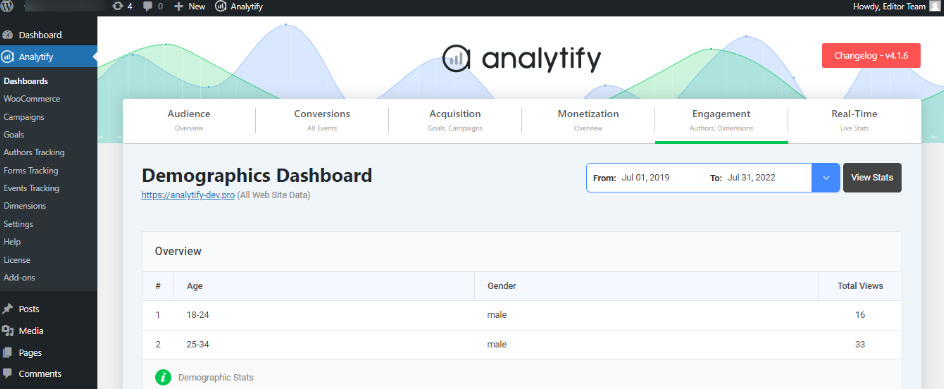
Now that you have this information, you can build a profile of your target audience that will help you build a better audience in Facebook Ads Manager. Here you can use the Facebook demographic targeting options to fine-tune your audience.
2. Get Visitors’ Interest from Google Analytics
In addition to age and gender, Google Analytics also keeps a record of the interests and industry of the visitors. This information allows you to optimize your Facebook Ads audience.
To get visitor interest information, go to Audience and scroll down to find Interests. Then, expand it and click Overview to see a breakdown of the interests and industries of the audience.
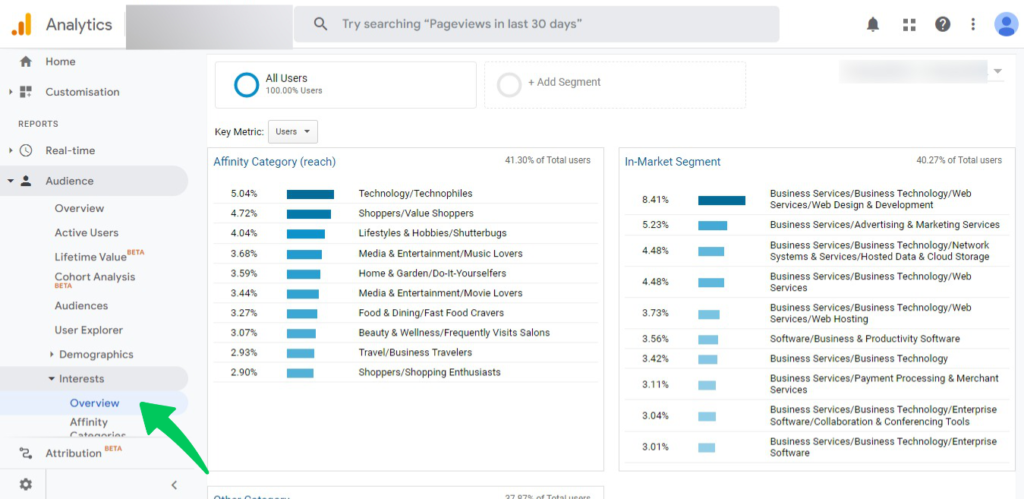
As you can see, this information is valuable in adding details to the target profile. In addition, you can use the information to optimize the creatives and copy of the ads.
3. Write Compelling Ad Copy
Now that you know about your target audience, you can write the perfect ad copy to make them click over to your landing pages.
Facebook recommends that the ad copy be no more than 20% of the ad. As a result, you need to keep the copy short and precise.
A Facebook ad copy generally has two parts – headline and call-to-action. If you wish to stick to the official recommendation, ensure the heading is just a few words long. Similarly, the CTA should be no more than two words.
The ad copy should give a clear message and complement the visuals. This is particularly important for carousel ads where users quickly flick across the ads.
4. Visuals Make All The Difference
More than anything, the visuals you include in the ad affect the performance of the ad and how well it could convert.
Facebook ads that are shown in the user stream compete with other user-generated content such as videos and images. As a result, you need to pay extra attention to the creatives to ensure they make the user stop and take notice of the ad.
Video ads tend to perform better as they are shown in Facebook’s video stream. For maximum impact, video ads should deliver their message in the first ten seconds before the user gets the option to tap skip.
5. Build Landing Pages that Convert Facebook Audience
At times, the lack of conversion from Facebook ads is not the ads but the landing pages where the users land after the ads.
When it comes to Facebook Ads Targeting tips for landing pages, you should create new pages, and they should be distraction-free.
First, you should create a separate landing page for the Facebook Ads campaigns. The design and content on these pages should follow up on the ad, and the user should be able to take action on the ad’s message.
Next, there should be no distractions to lead the user away. The recommended design tips are removing breadcrumbs and other navigation options and placing the target form (signup, registration, or purchase) near the top as possible.
If you want more advice on creating landing pages that convert, read this Crazyegg post on the topic.
6. Minimize Ad Fatigue
The most important Facebook Ads targeting tips are this: Avoid Ad Fatigue.
Ad fatigue happens when users see your ads too many times. As a result, they become “immune” and stop engaging with the ads.
A drop in the CTR indicates that ad fatigue is setting in. You can also see a decrease in the campaign ROI due to a lack of traffic to your landing pages.
You can reduce ad fatigue by:
- Set a frequency cap for the ads.
- Change the ad format to show ads to a different segment of the target audience.
- Replace the creatives to refresh the ad.
Use themed ads that target regional holidays and events
Change the audience by selecting a new lookalike audience
7. Repurpose your Evergreen Content in Facebook Ads
Every website has “evergreen” content that continues to bring in traffic and conversions because it offers the right information to the interested audience.
Since these content pieces (blogs, pages, or videos) are popular among your website audience, you can use them to increase conversion from Facebook ads.
The idea is to use the theme(s) from evergreen content pieces and create ads that resonate with the Facebook Ads target audience.
Videos and infographics are great formats to start this experiment. However, it would be best if you also carefully selected the target audience for these ads. In theory, the Facebook Ads audience should match the website’s landing at the evergreen content.
These ads also require close monitoring of website traffic at the target landing pages. The share of Social traffic should be higher than your website average.
8. Use Facebook Ad Relevance to Find and Fix Issues
Facebook Ads have a clearly defined objective of getting an ad in front of the audience most likely to convert (take the desired action).
When discussing Facebook Ads targeting tips, many people overlook checking this matrix when they don’t see the expected conversions.
The Facebook Ad Relevance is a huge help in ensuring that your ads bring in the most conversions. This matrix test your ads on three factors:
- Quality of the visuals
- The likelihood of users engaging with the ad
- The performance of CTA included in the ad
You should check this information to discover the improvement areas. In addition, Facebook has a detailed article on the topic that goes into the details of the matrix.
9. Remember the Exclusion Option
While you will find many Facebook ads targeting tips that ask for including people, here is a tip that asks you to exclude people from the target audience.
Now whom should you exclude from the target audience?
Anyone who has completed the action you want the audience to take after viewing the ad.
For instance, if the ad’s goal is to get people to register for an event, you don’t want people who have already registered to see the ad because it would be a wasted opportunity.
Another common scenario is running an ad campaign to get more page likes. Here, you don’t want the people who’ve already liked your page to view the ad.
Facebook Ad Manager allows you to exclude people from the ad’s target audience. For this, choose the Exclude People option when creating a Custom Audience for your ad.
You can exclude:
- People who currently Like or Follow your page
- Anyone who has ever visited your page
- People who engaged with your ads or posts in the past
- People who clicked a CTA in your posts or ads
- People who sent you a message
As you can see, you can fine-tune your exclusion list to save the budget and only show the ad to the intended audience.
10. Bring Creativity into Your Saved Audience
Facebook Ad Manager allows you to create Saved Audience that is based on your commonly targeted parameters.
When you create a Saved Audience, you can choose several parameters in the Detailed Targeting section to narrow down your target audience. These parameters are divided into Demographics, Interests, and Behaviors.
For instance, if you wish to include people interested in fitness and use a mobile device, you can select the appropriate options from the Interests and Behaviors drop-down menu.
Similarly, you can exclude specific behavior patterns and interests to avoid showing the ad to people who might not be interested in your offer.
The best thing about Saved Audience is that you make it once and then use it as often as you need. And every time, you can make slight changes depending upon the objectives of the ad campaign to improve conversions.
Conclusion
We hope the Facebook Ads targeting tips discussed in this article will help you streamline your Facebook ads campaigns and increase goal conversion.
The most important thing to remember here is that the success of any Facebook ad campaign depends upon monitoring and timely course correction. Therefore, we suggest you use Analytify to monitor your website traffic to ensure you’re getting the right visitors on your landing pages.
Frequently Ask Questions
Why should I consider Facebook Ads for my business?
Facebook Ads are presented to a huge audience of almost 3 billion users. These ads have a great CTR and conversation. Finally, you can easily track the performance of these ads via Facebook Insights, Google Analytics, and Analytify.
What are the steps in a successful Facebook Ad campaign?
Every successful Facebook ads campaign has four stages:
Goal setting
Audience identification
Ad creation
Testing and monitoring
Where can I find more Facebook As targeting tips?
After reading this article, we suggest you check the Facebook training courses for Facebook and Instagram ads.
That’s all! You can also check out How to Use Google Analytics to Increase Traffic (10 Easy Ways) and How to Reduce The Bounce Rate of Your Website (Easy Guide).
Not using Analytify yet? What are you waiting for?

